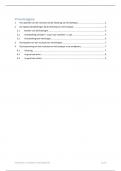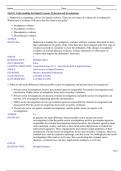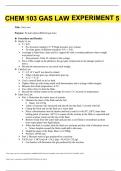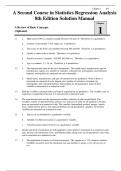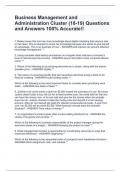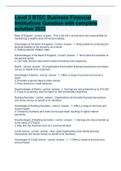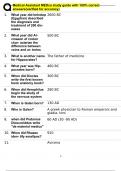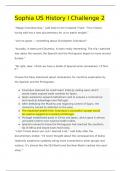Exam (elaborations)
ASE A1 (Engine Repair) Practice Test Cumulative Questions And Answers 100% Verified.
- Course
- Institution
ASE A1 (Engine Repair) Practice Test Cumulative Questions And Answers 100% Verified. an engine miss is being diagnosed using a cylinder leakage test. Technician A says that any cylinder with over 20% leakage has excessive leakage. Tech B says that air leaking from the tailpipe indicate...
[Show more]




